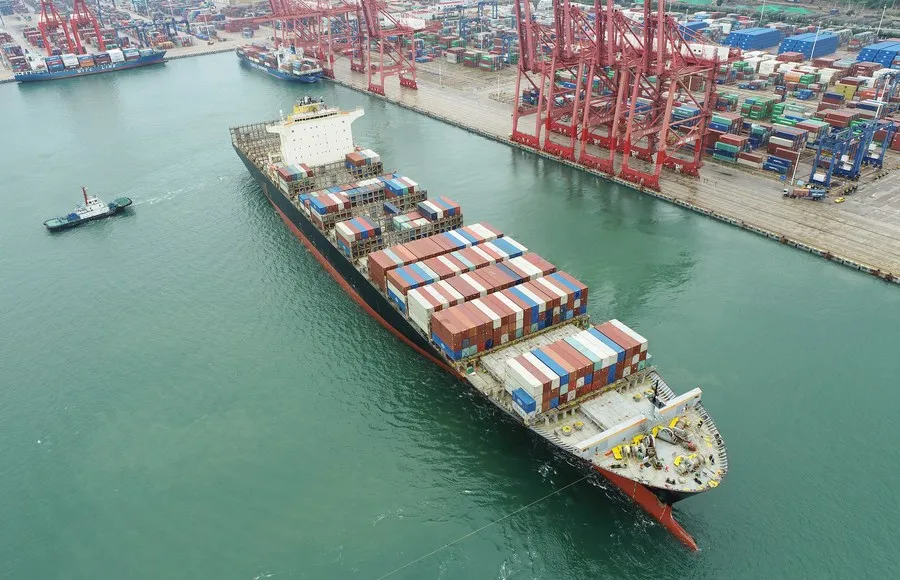Recent attempts by the U.S. to hinder China’s semiconductor industry faced a setback as the Dutch company ASML had its license partially revoked for exporting equipment to China. Despite U.S. pressure, the move is expected to have limited impact, revealing the challenges in coercive tactics employed by the U.S. against China’s technological advancements.

Photo from: Cyrus’s Newsletter – Substack
U.S. Coercion and Export Restrictions
The U.S. has consistently pressured the Netherlands to restrict semiconductor equipment exports to China, with the Biden administration pushing ASML to cancel shipments even before export bans were due to take effect. This coercive approach is part of a broader strategy aimed at thwarting China’s ambitions for self-dependence in the semiconductor industry, underscoring the geopolitical dimensions at play.
The recent revocation of ASML’s license is anticipated to cost the Netherlands billions of dollars, emphasizing the economic repercussions of succumbing to U.S. pressure.
However, China remains undeterred, with industry leaders emphasizing that increased pressure only intensifies their commitment to developing a self-sufficient semiconductor industry. The episode sheds light on the resilience of China’s tech sector in the face of external challenges.
READ ALSO: Tensions Rise In South China Sea As U.S. And China Conduct Competing Naval Exercises
China’s Strategic Response and Global Consequences
China’s semiconductor industry is expanding, with the country expected to hold the greatest proportion of global chip production by 2030. Despite efforts by the United States to restrict China’s access to semiconductor equipment, Chinese toolmakers are thriving, and China remains a prominent player in the global semiconductor business. The constraints imposed by the United States have inadvertently increased prospects for domestic providers and spurred China to invest in mature process nodes.
While the U.S. seeks to delay China’s chip adva
ncement through a blockade, China’s commitment to achieving self-dependence in semiconductor production remains steadfast. Reports from the Semiconductor Equipment and Materials International (SEMI) indicate that China is set to be the third-largest spender in fab equipment globally by 2024, with significant capacity growth. This suggests that while U.S. actions may cause delays, they cannot prevent China’s ongoing technological ascent.

















































